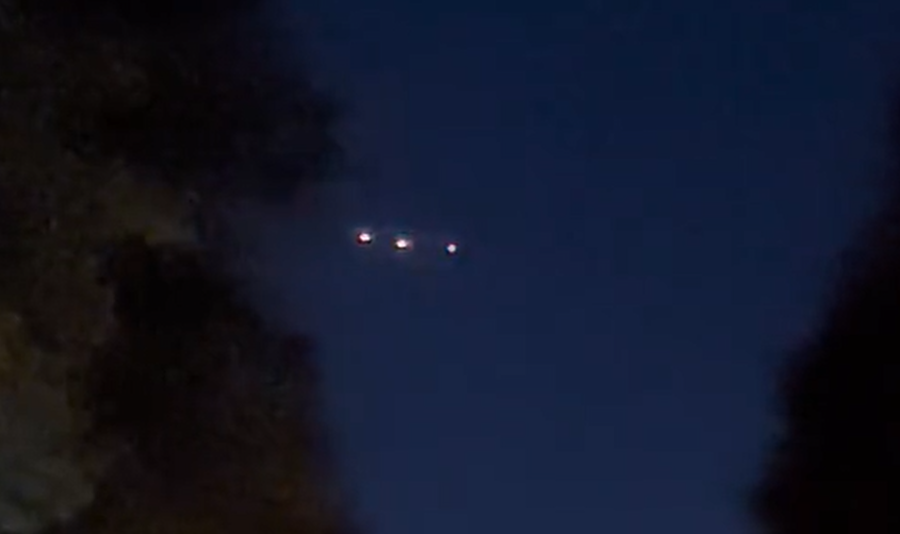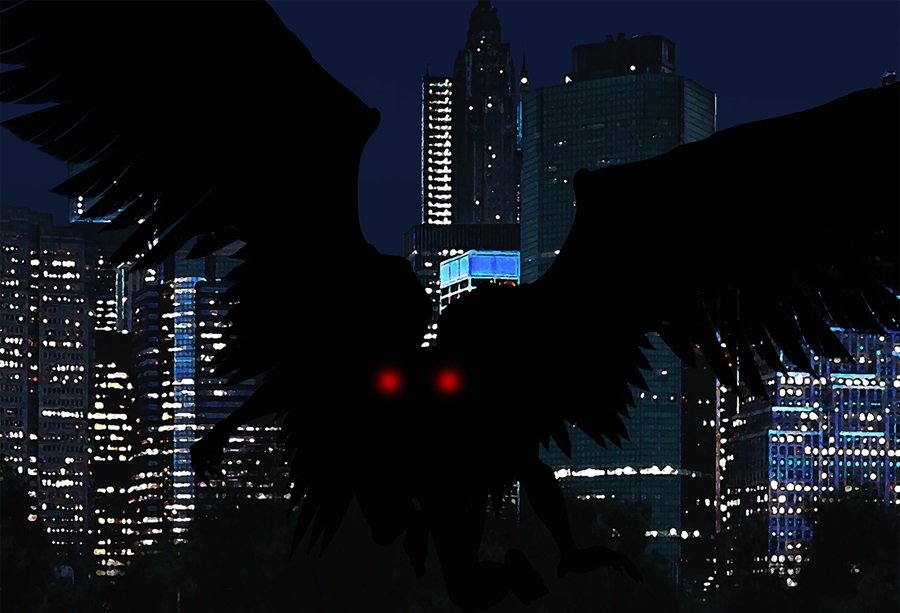Mysterious Repeating Signals Detected out of Deep Space
The Canadian Hydrogen Intensity Mapping Experiment (CHIME) radio telescope located at the Dominion Radio Astrophysical Observatory (DRAO) in British Columbia, Canada recently received a series of mysterious signals from a galaxy 1.5 billion light years away.
Six of the millisecond-long fast radio burts (FRBs) have so far come from the same distant source, something that is so unusual it's only ever been recorded once before—in 2015 by the Arecibo radio telescope.
"Knowing that there is another suggests that there could be more out there," said Ingrid Stairs, an astrophysicist from the University of British Columbia and a member of the team operating CHIME. "And with more repeaters and more sources available for study, we may be able to understand these cosmic puzzles—where they're from and what causes them."
The FRBs recorded by CHIME varied in frequency as low as 400 megahertz, significantly lower than the 700 megahertz of Arecibo’s repeating FRBs.
"[We now know] the sources can produce low-frequency radio waves and those low-frequency waves can escape their environment, and are not too scattered to be detected by the time they reach the Earth," said Tom Landecker, a CHIME team member from the National Research Council of Canada. "That tells us something about the environments and the sources. We haven't solved the problem, but it's several more pieces in the puzzle."
The low frequency of these FRBs could mean that they come from a different source from those found in 2015. The FRBs were detected with a level of 'scattering' that the CHIME team believes is indicative of powerful astrophysical objects at the source of the bursts.
"That could mean [the source is] in some sort of dense clump like a supernova remnant," said team member Cherry Ng, an astronomer at the University of Toronto. "Or near the central black hole in a galaxy. But it has to be in some special place to give us all the scattering that we see."
So far the most popular explanations for the FRBs remain powerful natural phenomena such as a rapidly spinning neutron star with a very strong magnetic field, two neutron stars merging together, or other remnants of a supernova.
However, in 2017, theorist Avi Loeb of the Harvard-Smithsonian Center for Astrophysics and his Harvard colleague Manasvi Lingam suggested that it could be possible for other civilizations to have created radio transmitters capable of being detected in other galaxies.
Further, they explored the possibility that FRBs could be the result of enormous solar-powered transmitters being used to power interstellar light sails. A sufficiently advanced civilization could potentially use such technology to visit other planets.
But all of that is unproven, and, while telescopes like Arecibo and CHIME are providing valuable data at a promising speed, FRBs do remain ultimately unexplained.
If you enjoyed this article and would like to support the Singular Fortean Society, please consider becoming an official member by signing up through our Patreon page—membership includes a ton of extra content and behind-the-scenes access to the Society’s inner workings.







